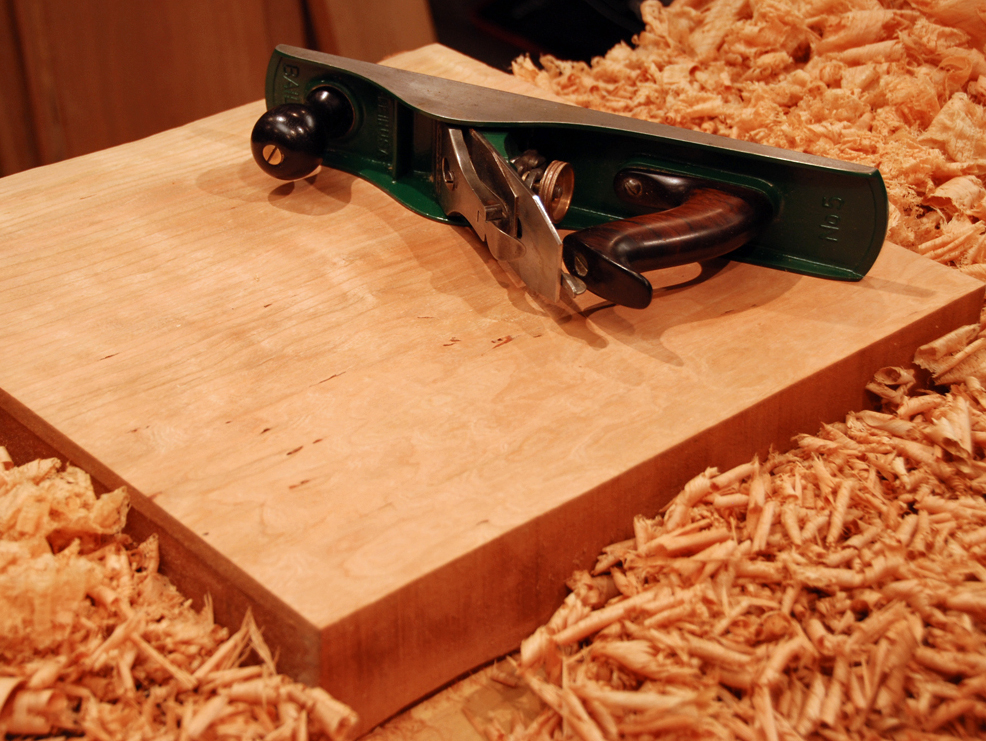It appears that Tried & True original is in deed polymerized linseed oil. They also sell one mixed with varnish which would be cassified as a danish oil (aka oil/varnish blend)
T&T has been around for ever, that doesn't make it better. It does not dry "hard" when compared to varnish of any kind. Polymerization speeds the drying/curing process. It may produce a very slightly harder finish. I suggest you leave some on a piece of glass or plastic for a few days and see just how "hard" it really gets. Dried and fully cured regular old BLO is about the same as an art gum eraser, maybe not even that hard.
Scott
Finishing is an 'Art & a Science'. Actually, it is a process. You must understand the properties and tendencies of the finish you are using. You must know the proper steps and techniques, then you must execute them properly.












